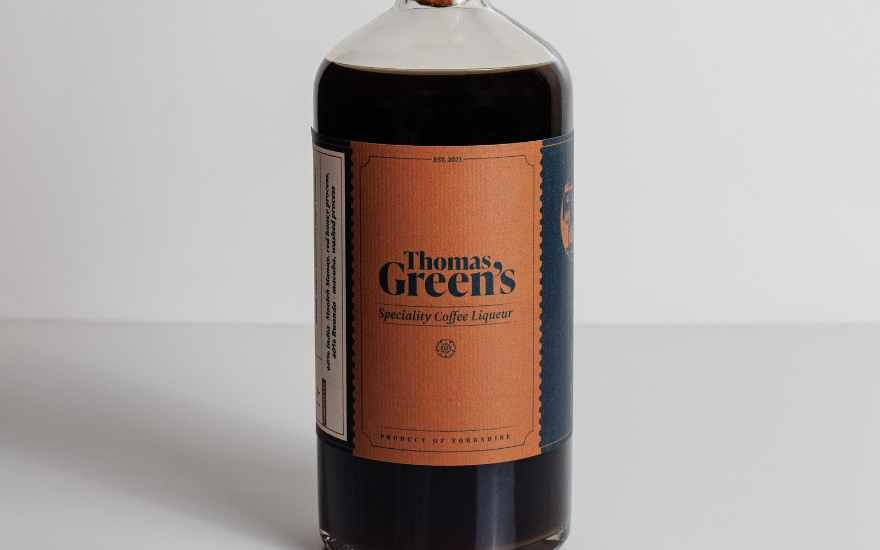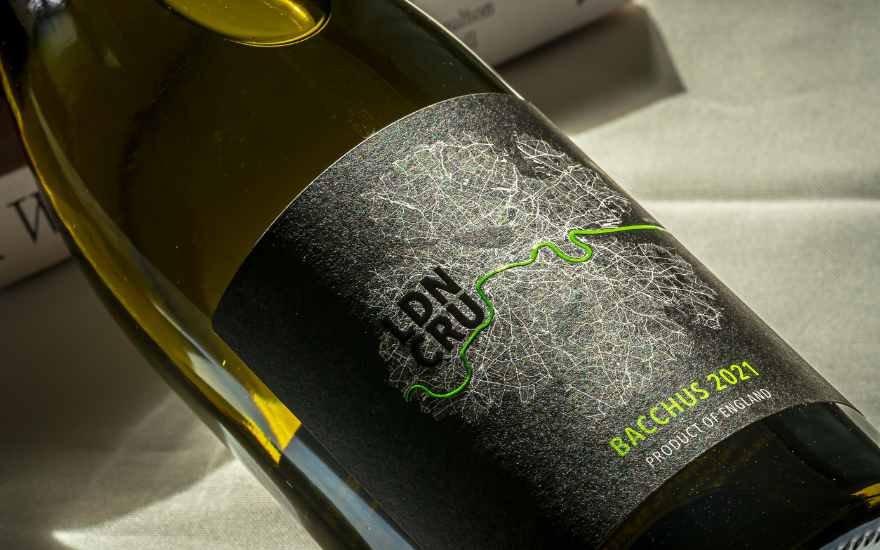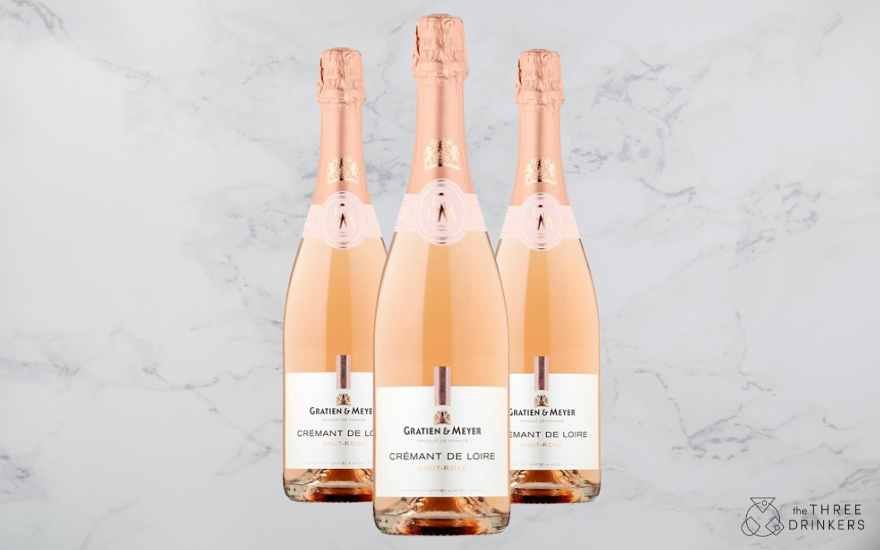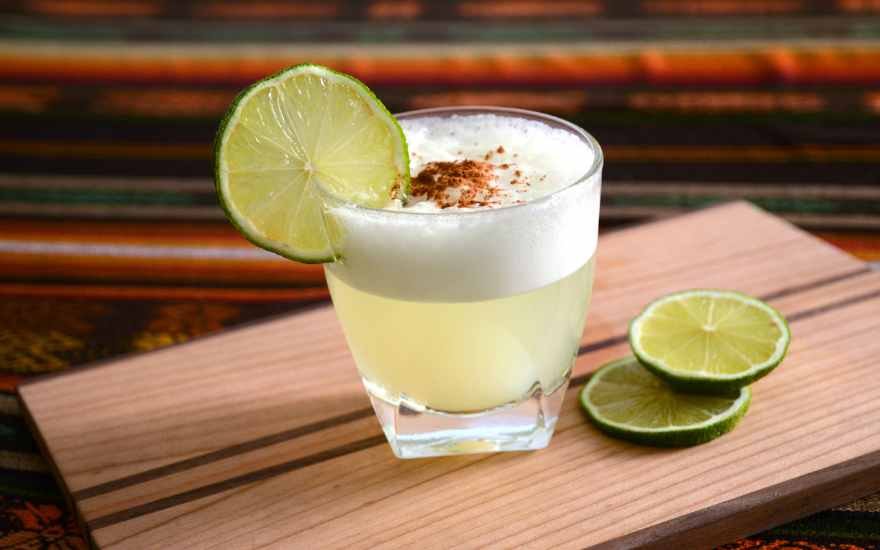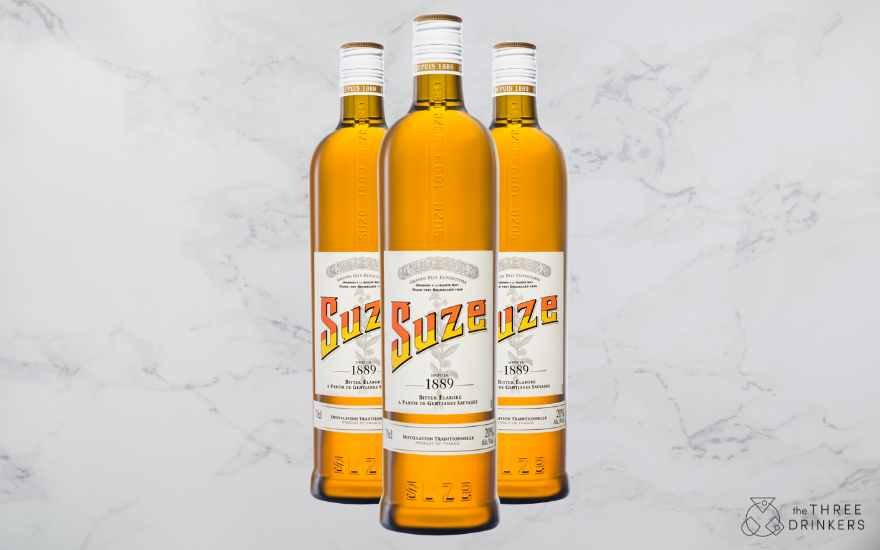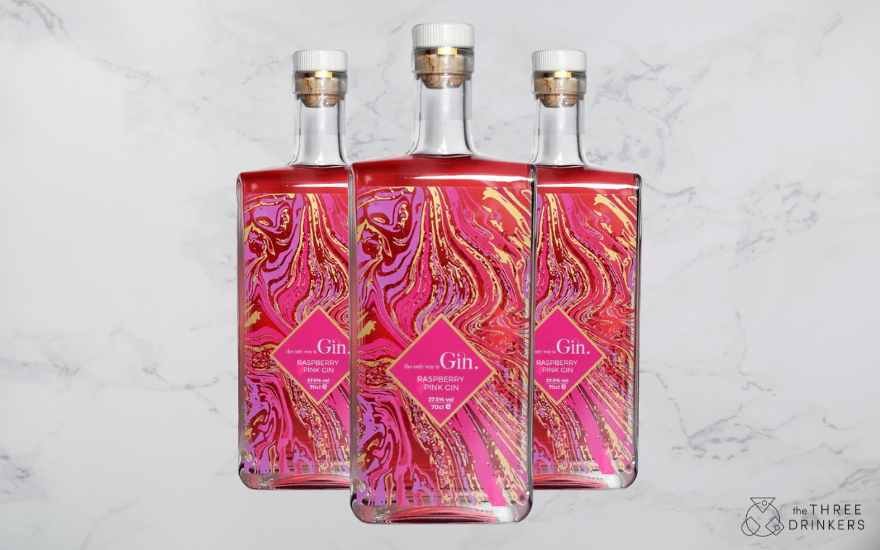Coffee cocktails thrive all year round with respective summer and winter favourites - the Espresso Martini and Irish Coffee. Often overlooked are the coffee liqueurs that mix so well into not just these, but all varieties of coffee cocktails, shots/shooters and even just as sippers over ice. Today, we’ve carefully curated a selection of the finest coffee liqueurs, and even one or two coffee spirits for the sake of variety (and because they’re too good to leave out).
If you love artisan coffee, don’t miss out on these eight irresistible coffee liqueurs, in no particular order…
Thomas Green’s Specialty Coffee Liqueur
When legendary Leeds bars Domino Club and Rolands had to close their doors due to Covid in 2020, brothers and bar masterminds Alex and Johnathon began crafting their own high quality spirits and liqueurs. Thomas Green’s (named after one of Leeds’ first coffee shops) is the result of this now highly successful venture. Perfect for an Espresso Martini or just sipping over ice. They achieve their deep rich coffee flavour from local coffee roasters Shilo, who use a cold brew extraction that the brothers mix with their own vodka.
ABV: 25%
Size: 700ml
Find here: £20.55
Cazcabel Coffee Liqueur
Multi-award winning tequila masters, Cazcabel have their very own coffee liqueur. You’ll find this at bars all over the country, best served neat and straight from the freezer. This coffee liqueur is particularly rich, decedent and heavy on the chocolate notes of coffee. Their liqueur is made from their Blanco Tequila, crafted in Jalisco Mexico, which shines through the sweetness of this bartender’s choice liqueur. Use this as a sipper, or maybe try it in a Coffee Margarita - the blend of citrus and coffee is exquisite!
ABV: 34%
Size: 700ml
Find here: £25.99
Mr Black Cold Brew Coffee Liqueur
Mr Black have been at the forefront of coffee liqueur innovation since their conception in 2013, crafted by their lead distiller, Philip Moore. This premium bottle boasts rich coffee flavour and less sugar, making it perfect for balancing an amazing espresso martini. Their Australian distillery doubles as their very own coffee roastery, which sources beans from Ethiopia and Brazil. The attention to detail in each bottle of Mr Black Coffee Liqueur makes this a worthy addition to any mixologist's collection. Cocktails aren’t your thing? Mr Black will be perfect over ice on a hot day for any true coffee lover. Pro zero waste tip: this bottle makes a particularly beautiful DIY lamp or decoration when you inevitably finish every last drop.
Size: 700ml
ABV: 23%
Find here: £29.89
Mouse Kingdom Coffee Liqueur
Manchester’s own Mouse Kingdom define themselves as an ethical, considerate and bartender led brand. Their beans (sourced from various countries and roasted in local roastery “heart and graft”) are extracted in a French press for over 48 hours to create an immensely potent and characterful coffee that they blend with their own English wheat vodka.
The label on this bottle changes every 1500 sold, and they pay local bartender artists to feature on their new label. Everything from the balance of their liqueur to the actual bottle itself is designed to be perfect for bartenders mixing up hundreds of Espresso Martinis a day.
Size: 700ml
ABV: 20%
Find here: £29.89
Luxardo Espresso Liqueur
It takes 30 whole days to infuse the flavour of Arabica coffee into Luxardo’s Espresso Liqueur. Luxardo has a huge influence on the wider drinks industry, and is still a family owned business operating out of Italy. If there's one thing Italy is known for, it is a history and expertise with coffee, and this local passion shines through in Luxardo’s Espresso Liqueur. This coffee liqueur is also vegan friendly and comes in at a higher ABV than many of its competitors, making for a punchier coffee note in a classic Espresso Martini.
Size: 700ml
ABV: 27%
Find here: £21.75
Masons Espresso Vodka
Now for something very different - Masons Espresso Vodka offers a dry alternative to the traditionally sweet coffee liqueur. This is a perfect coffee spirit for sippers who want all of the coffee flavour, without any of the sugar. The vodka is “vapour infused” (often used to infuse botanicals into gin) using beans from El Salvador, and works as the perfect base spirit for an espresso martini. Sub the regular vodka for this and see your classic cocktail elevated to new heights!
Size: 700ml
ABV: 40%
Find here: £27.44
St. George Spirits’ Nola Coffee Liqueur
Image credit: Karl Steuk
California based purveyor of great spirits, St. George offers up this fantastic coffee liqueur, potent on the nose with notes of plum and dates, and a profound, modern tartness on the palette that you may find in most high end coffee shops. Beyond the coffee, Nola blend their coffee with chicory root and Madagascan vanilla to balance out the more bitter flavours and create a rounded, luscious and almost herbal coffee liqueur. This is a truly unique liqueur and one for the lovers of slightly more tart, herbal coffee.
Size: 700ml
ABV: 25%
Find here: £36.95
(One to Watch!) Black Gold Coffee Cafe XO
This soon-to-be-launched coffee tequila won the gold award at the recent Spirits Business Tequila & Mezcal awards and it’s easy to see why! We managed to get our hands on a bottle and can confirm the hype! Mexico is a global coffee powerhouse and all that heritage is here, combined with their most famous spirit. It’s so warming, with heavy toasted coffee notes that coat the tongue. We always welcome more sustainable brands on the market, and with their all recycled bottles, Black Gold is sure to impress.
Size: 700ml
ABV: 34%
Where to Find: Black Gold Cafe XO will be available on Amazon, retailing at £30
You’ve got the best coffee liqueurs, but what about the best vodka for the most famous coffee cocktail - the Espresso Martini! Make the ultimate cocktail with these great vodka recommendations.
By Miley Kendrick


